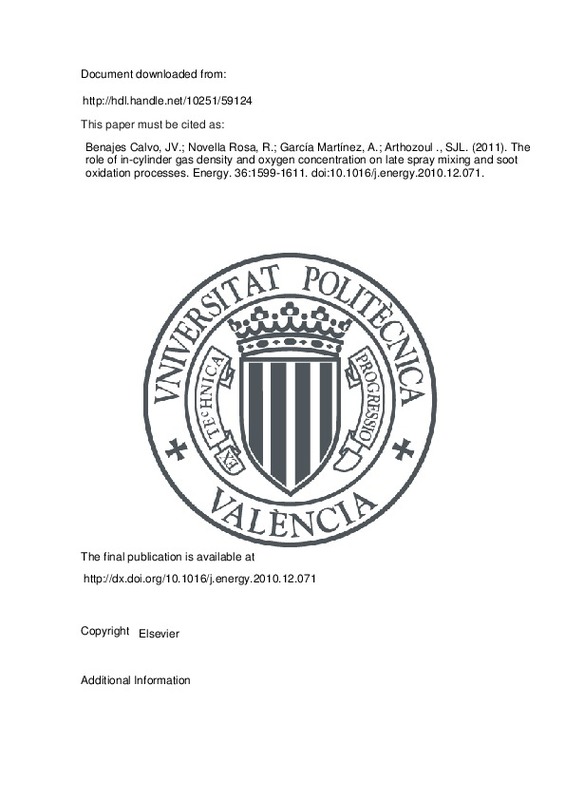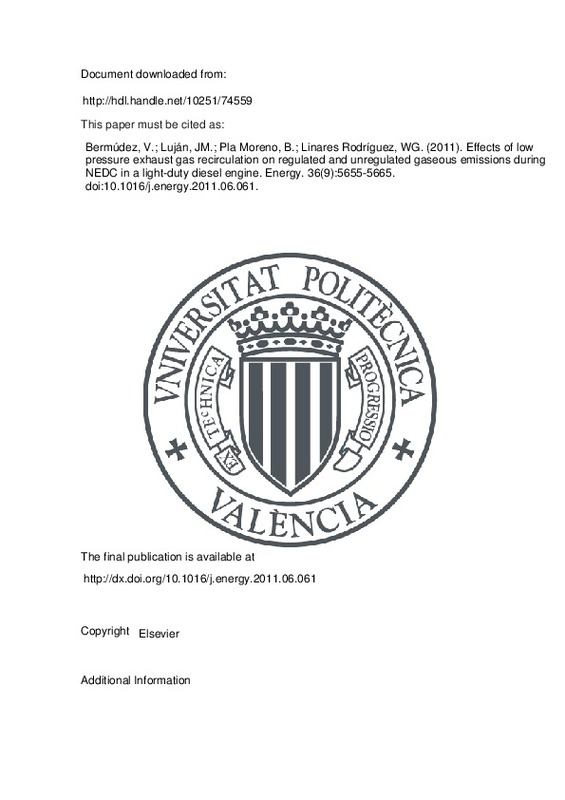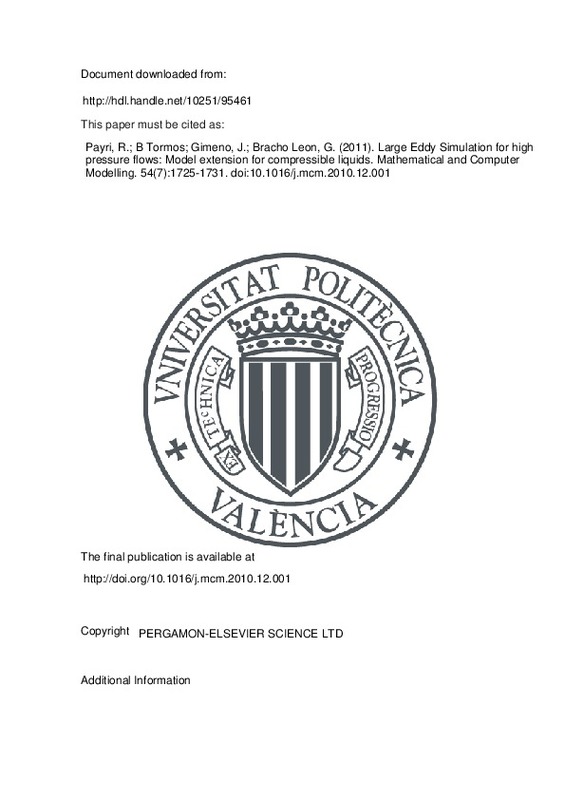JavaScript is disabled for your browser. Some features of this site may not work without it.
Buscar en RiuNet
Listar
Mi cuenta
Estadísticas
Ayuda RiuNet
Admin. UPV
The role of in-cylinder gas density and oxygen concentration on late spray mixing and soot oxidation processes
Mostrar el registro completo del ítem
Benajes Calvo, JV.; Novella Rosa, R.; García Martínez, A.; Arthozoul ., SJL. (2011). The role of in-cylinder gas density and oxygen concentration on late spray mixing and soot oxidation processes. Energy. 36:1599-1611. doi:10.1016/j.energy.2010.12.071
Por favor, use este identificador para citar o enlazar este ítem: http://hdl.handle.net/10251/59124







![[Cerrado]](/themes/UPV/images/candado.png)




